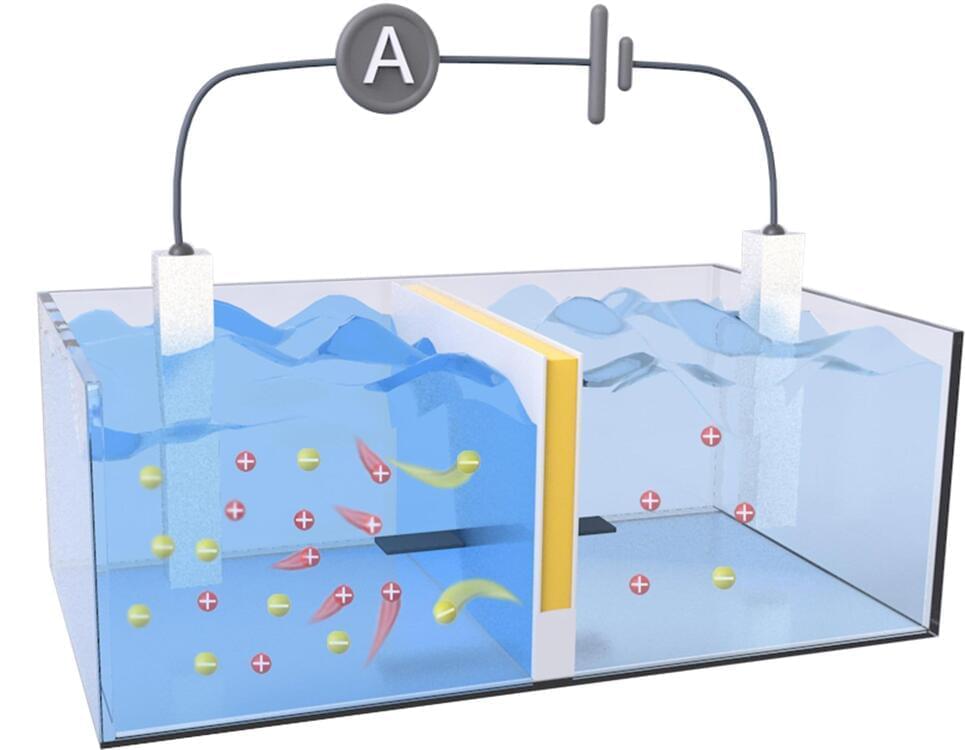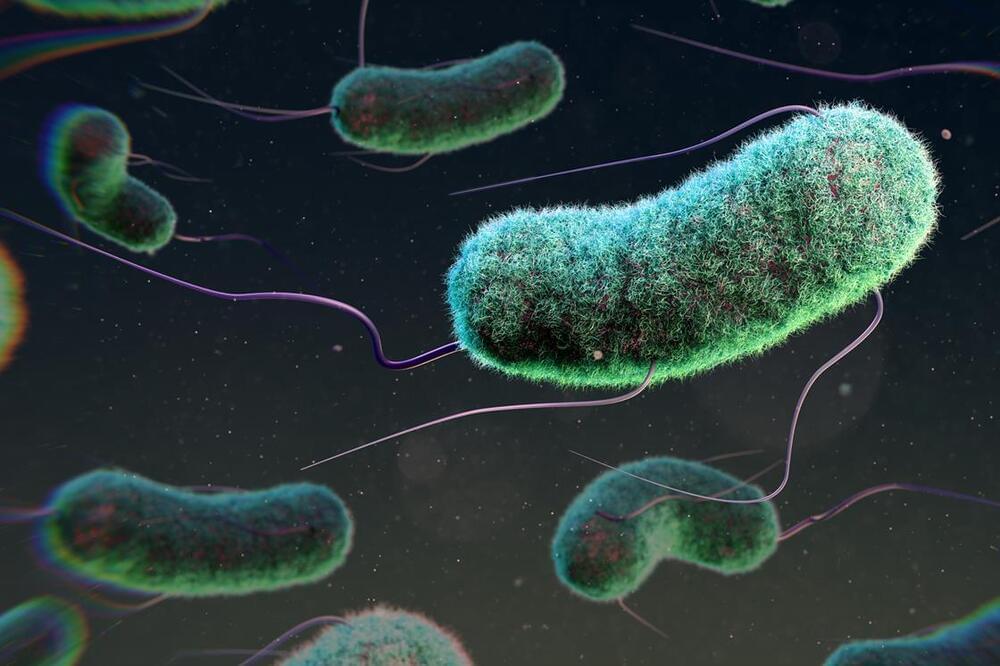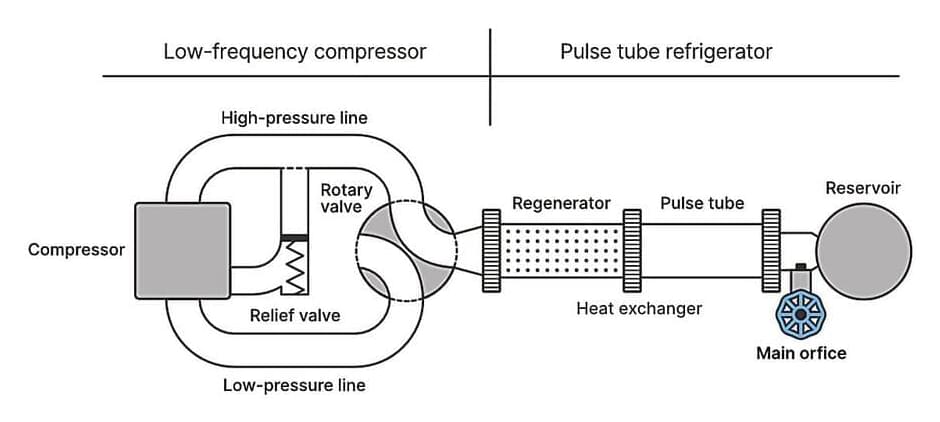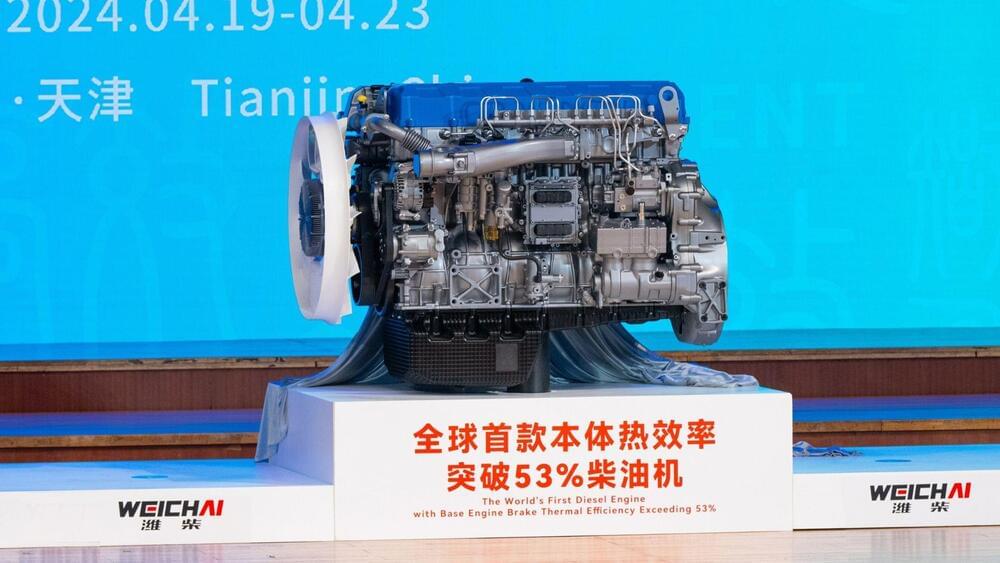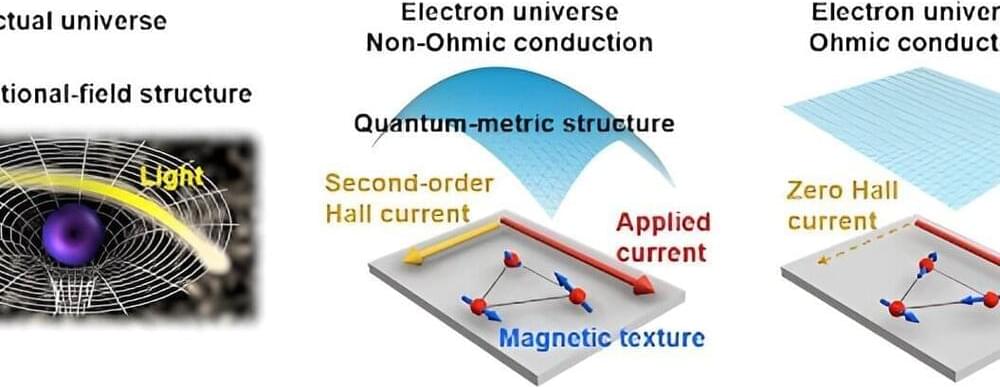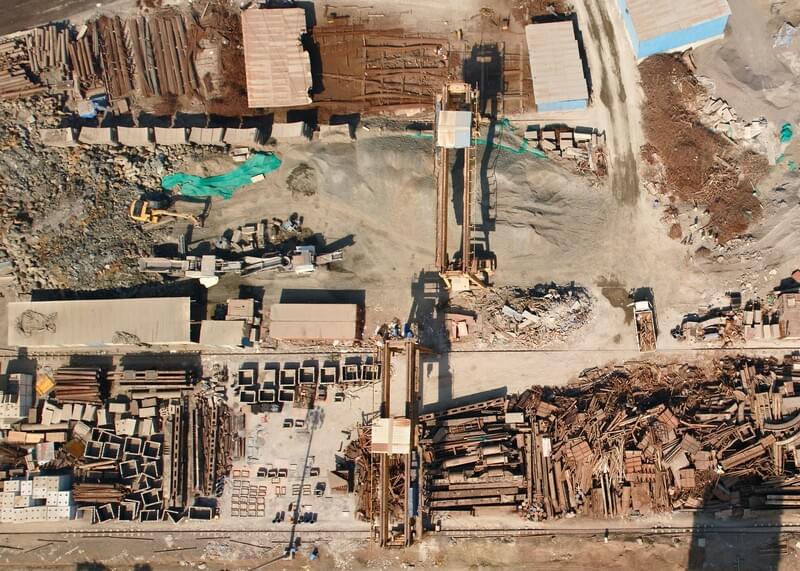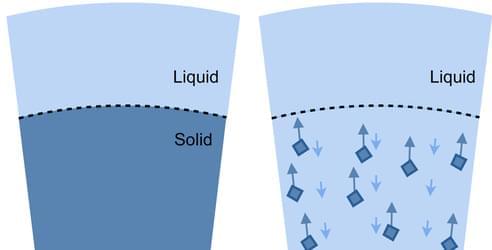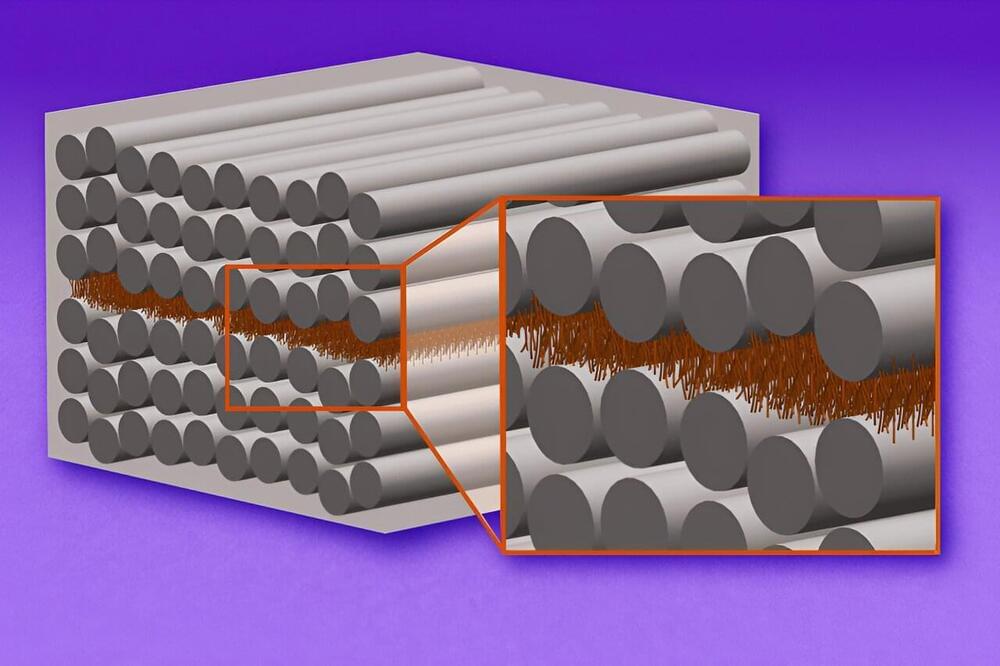A scientist at the University of Portsmouth claims to have ‘evidence’ that humanity exists with a simulation. In the 1999 movie The Matrix, the plot centers around the fact that we live in a digital simulation, and scientist Melvin Vopson claims that fact may match the fiction of the popular blockbuster.
Vopson has written extensively on the topic of the possibility that the known universe is a digital facsimile. He has provided articles for The Conversation and authored a book, Reality Reloaded, on the theme.
But while many of the theories posited about the universe being a simulation are in the realm of the abstract, Vopson now claims to have evidence that support his theory. “In physics, there are laws that govern everything that happens in the universe, for example how objects move, how energy flows, and so on. Everything is based on the laws of physics,” the scientist said in 2022, reports Popular Mechanics.

